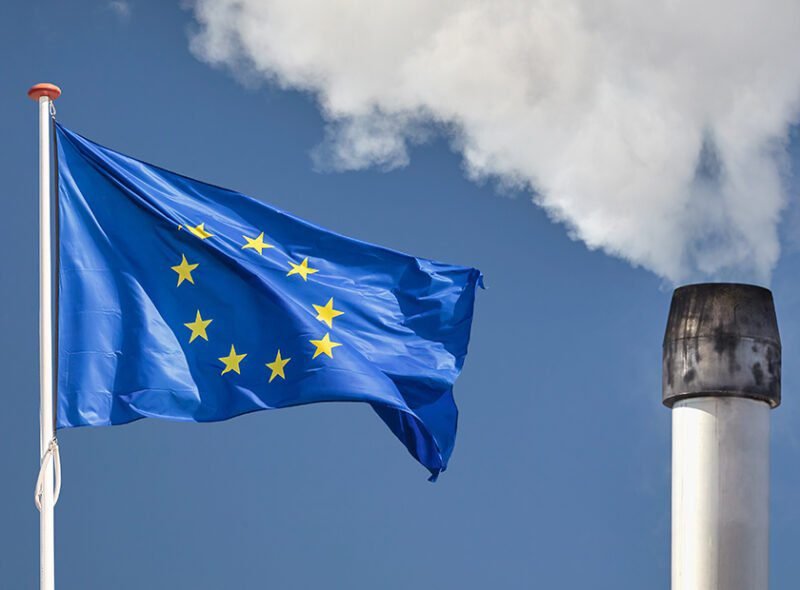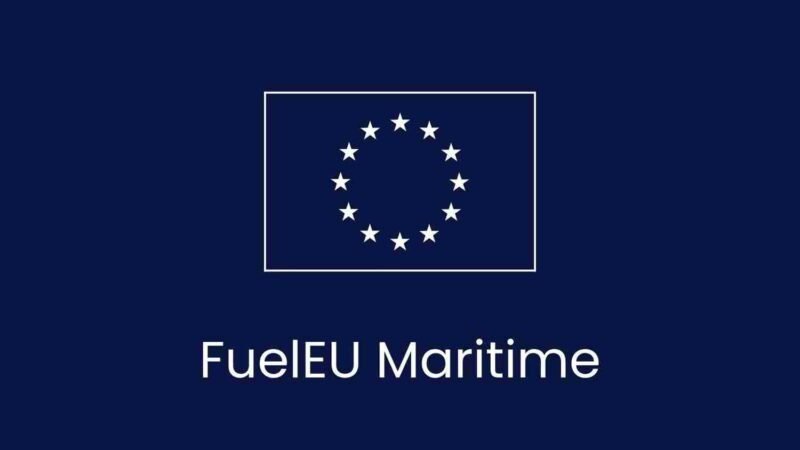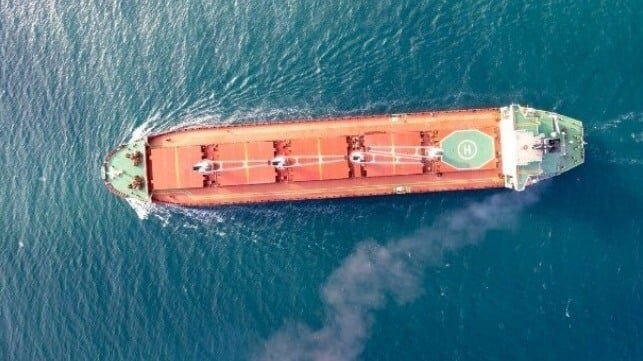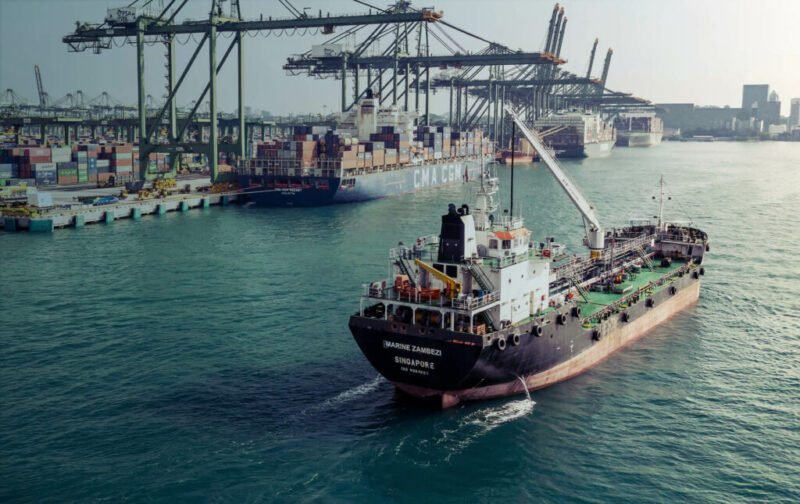Eleni Antoniadou and Neil Henderson from Gard P&I Club offer three key solutions for shipping companies to comply with FuelEU Maritime regulations. In the long term, Renewable Fuels of Non-Biological Origin (RFNBOs) will be crucial for reducing greenhouse gas (GHG) intensity. Energy from RFNBOs will count twice towards a vessel’s GHG intensity calculation. However, in the near term, the availability of RFNBOs is limited, leading to the need for alternative methods such as biofuels produced from non-food or feed crops.
Biofuels can be blended with conventional fuels to lower GHG intensity, with bunker suppliers required to provide a Sustainability Annex detailing fuel carbon intensities. Wind-assisted propulsion systems (WAPS) are also gaining traction, offering a ‘Wind Reward Factor’ to reduce overall GHG intensity. Additionally, onshore power supply (OPS) at berth is another option, with passenger vessels and cruise ships mandated to use OPS from 2030 onwards to avoid financial penalties.
While Onboard Carbon Capture (OCC) currently does not reduce GHG intensity, it may be reconsidered in 2027 during a legislative review. Compliance with FuelEU Maritime regulations will require shipping companies to adopt a combination of RFNBOs, biofuels, WAPS, and OPS to meet GHG intensity reduction targets in the long term.
Share it now
















